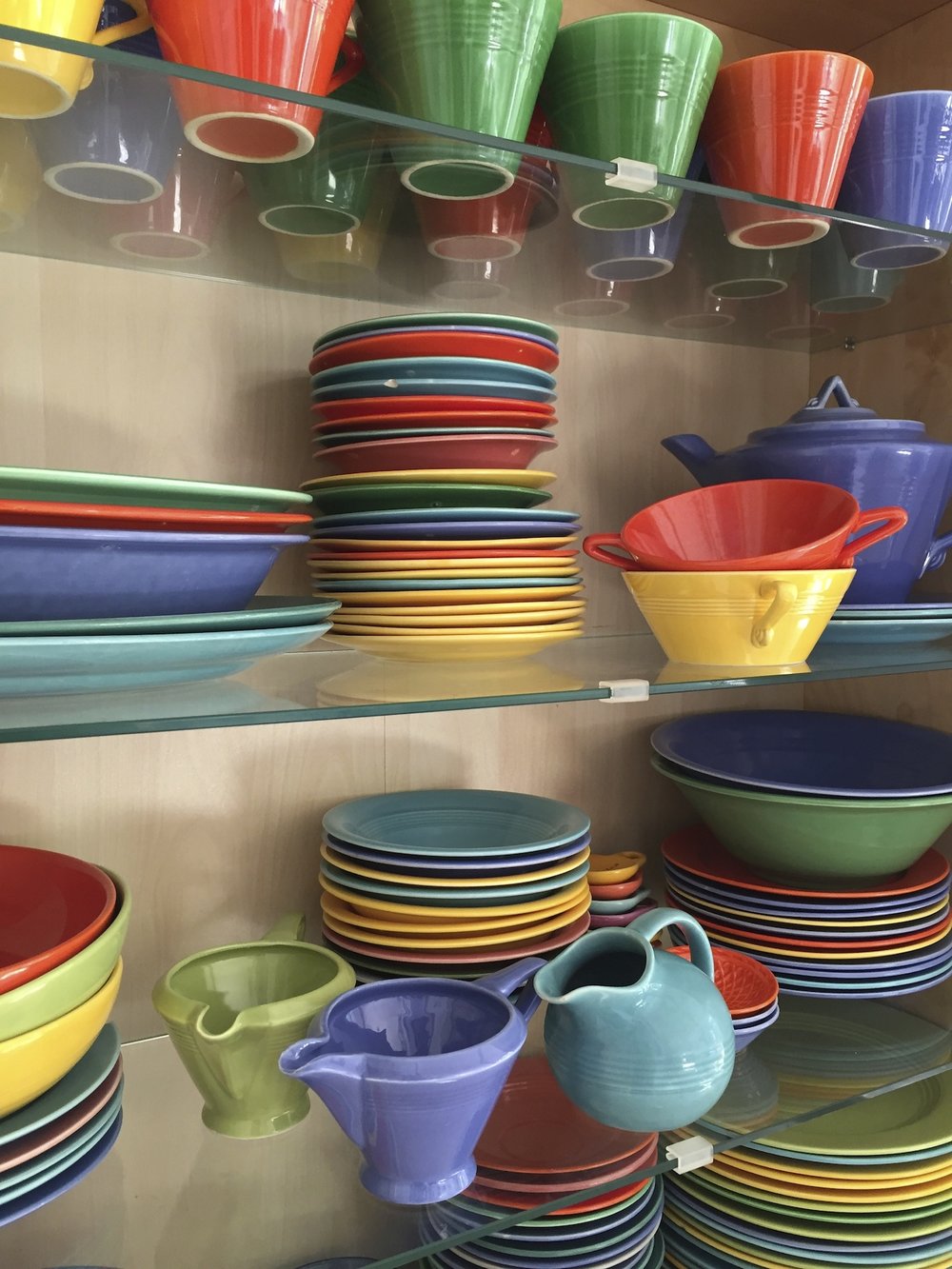There is laundry to wash, meals to make, people to check in on, and bills to pay. You have papers to sort, closets to organize, and schedules to coordinate. Your time is filled with the doings of daily life and so much more. You work, walk, run, and show up to support injustices. You reflect, create, converse, sleep, and reset.
For this brief moment in time, my purpose is clear. Instead of doing or preparing for the next thing, I choose to be still instead of rushing ahead to another moment. In the quiet cocoon of my dark green hammock, stretched out between two 100-foot trees, I gently rock.
The white clouds navigate decisively across the light blue sky. The gentle breeze shakes the leaves on the trees, which makes a swishing, rustling sound. The spring air is delightfully warm, and not too hot. The sunlight dances as it shows off the varied green hues in the woods. My breathing slows as I take in the deep earthy aroma of the forest.
“There will be time for doing and activating. But right here, right now, I am still.”
The landscape is wrapped in that sleepy, afternoon light. A rustle. A chirp. Clouds float across the sky. Feeling inadequate, knowing that I alone cannot heal this world filled with so much unrest, pain, anger, and sadness, I choose this one moment to just be. My pause is not forever. From this place of calm, I can reenergize. Learning, questioning, helping, and doing will come, but for this moment in time, I am still.
What does quiet look like for you? Is it something that you need? Can you remember a time when your nervous system was calm? I’d love to hear your thoughts. I invite you to join the conversation.














